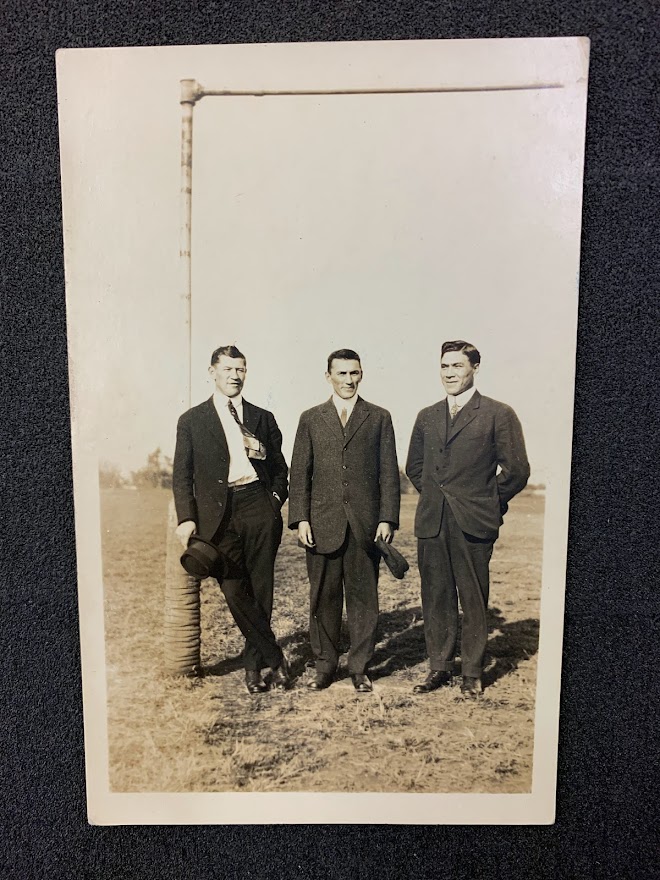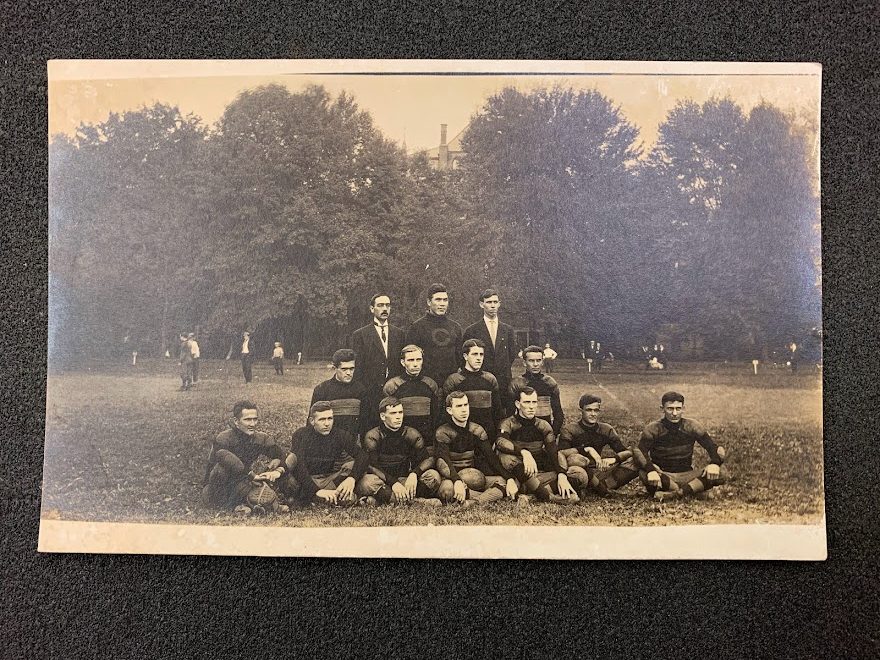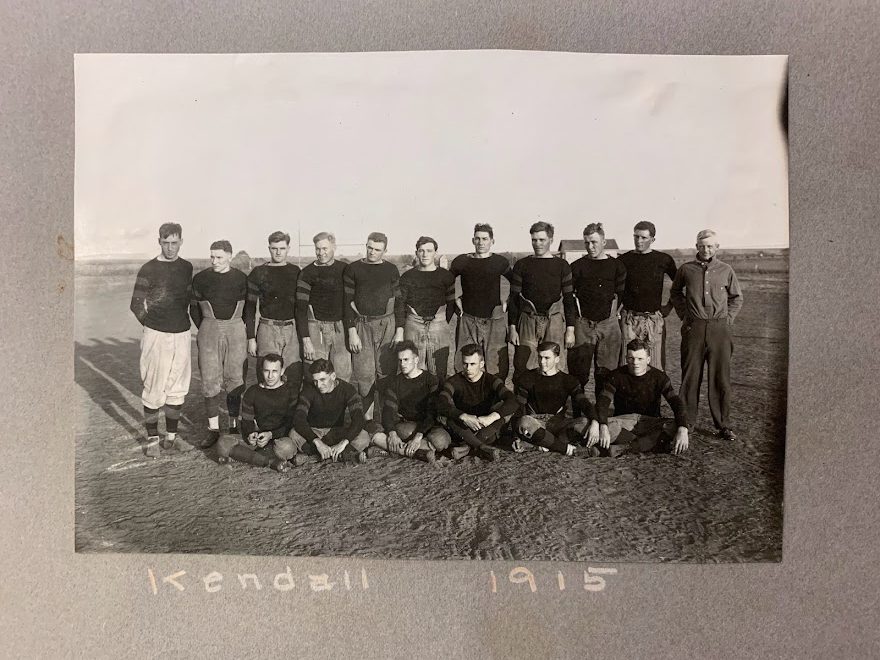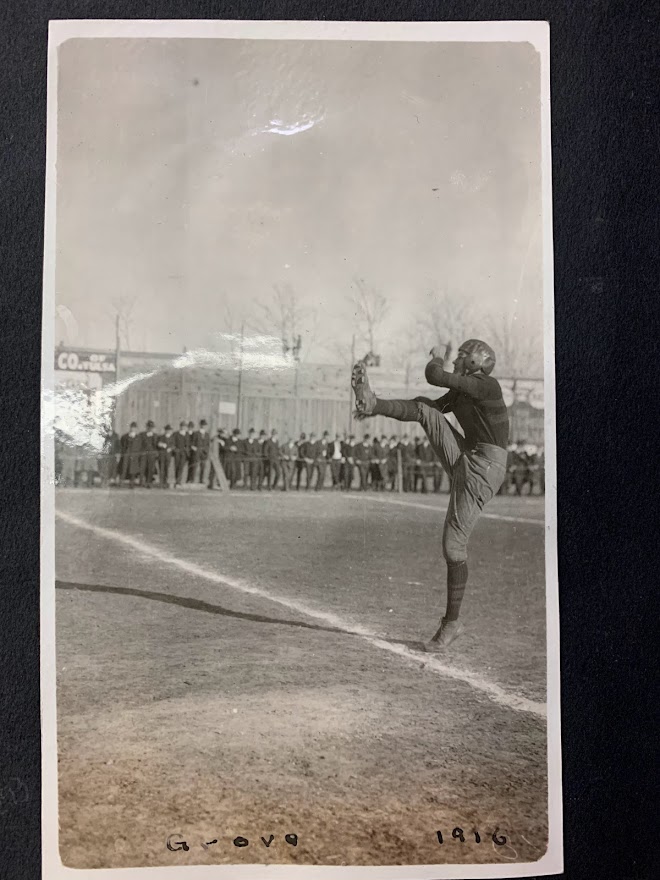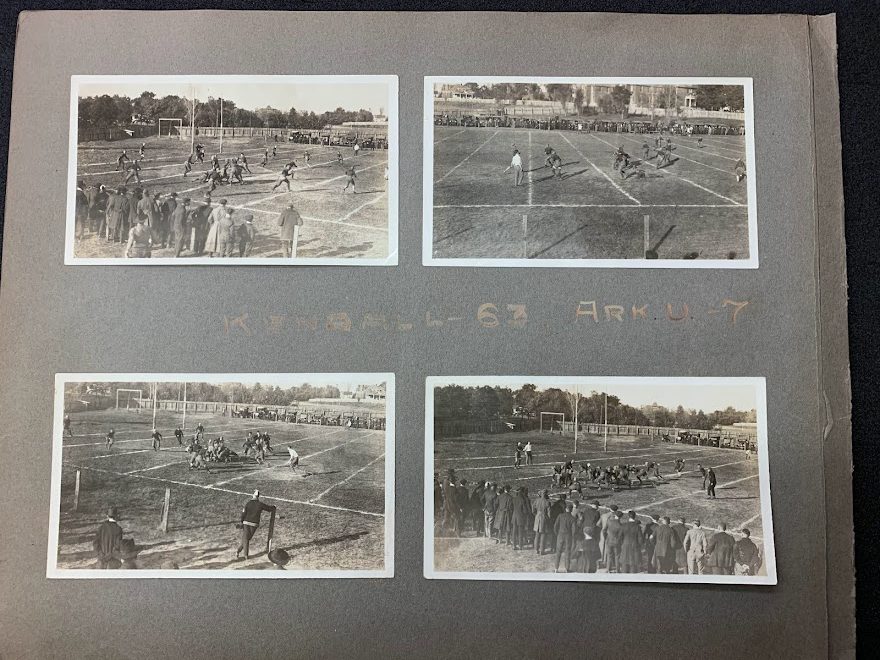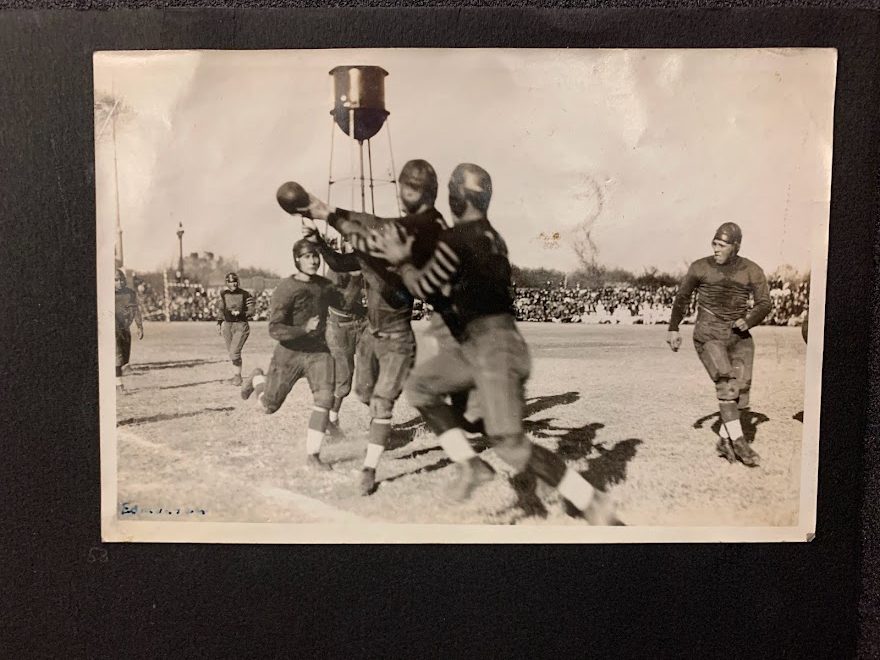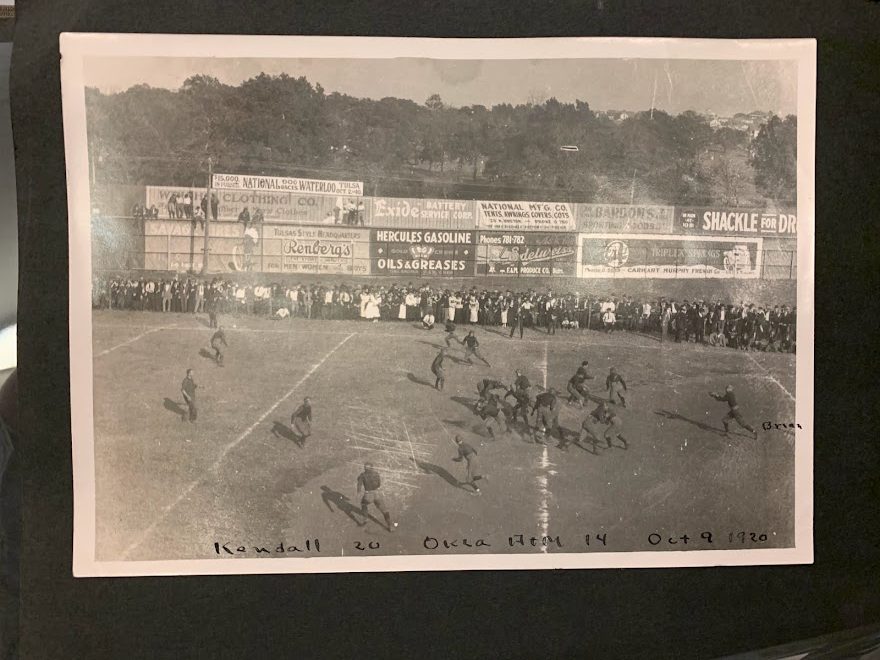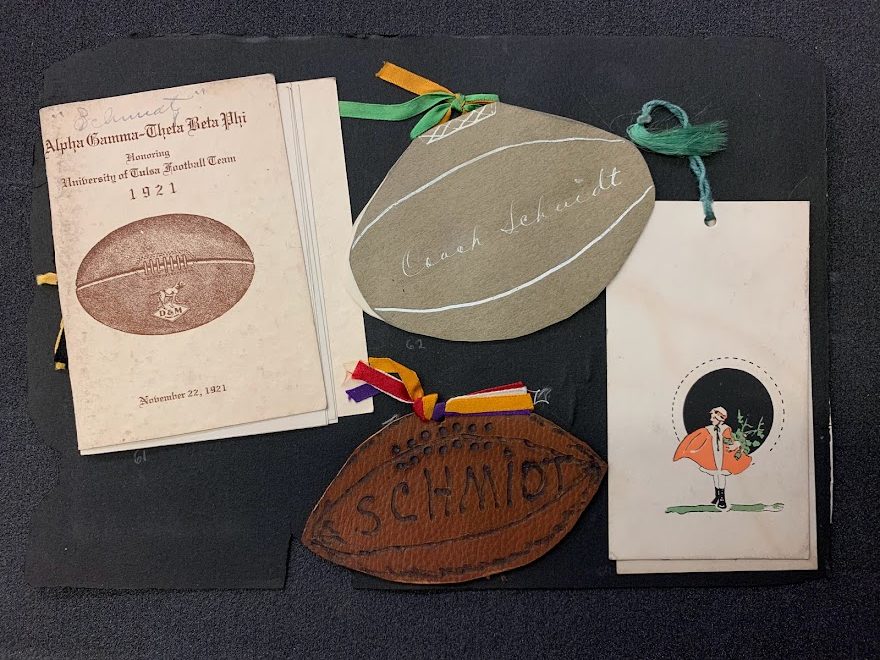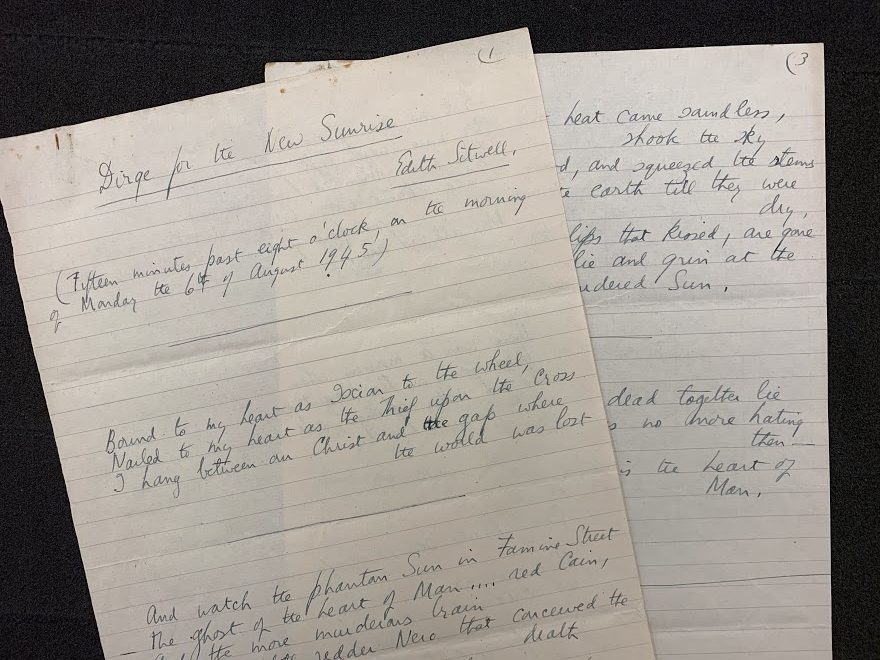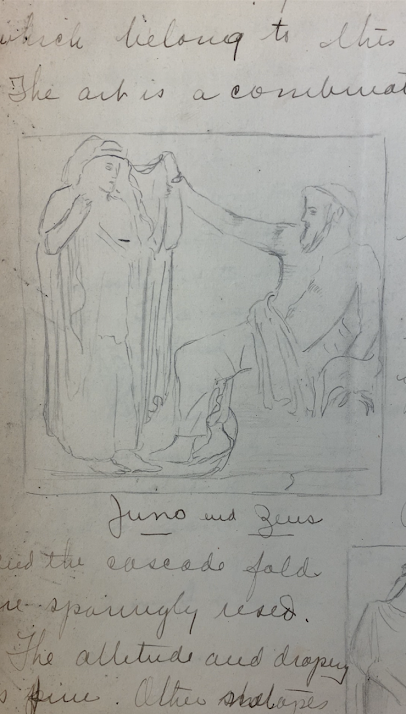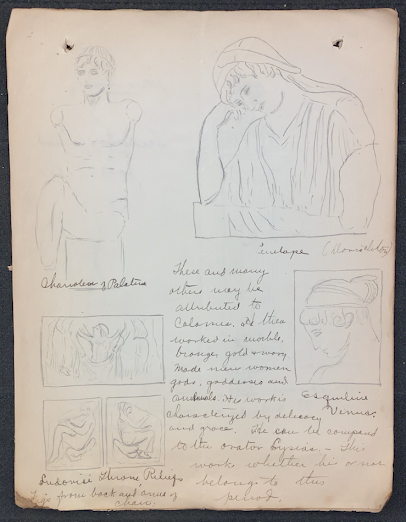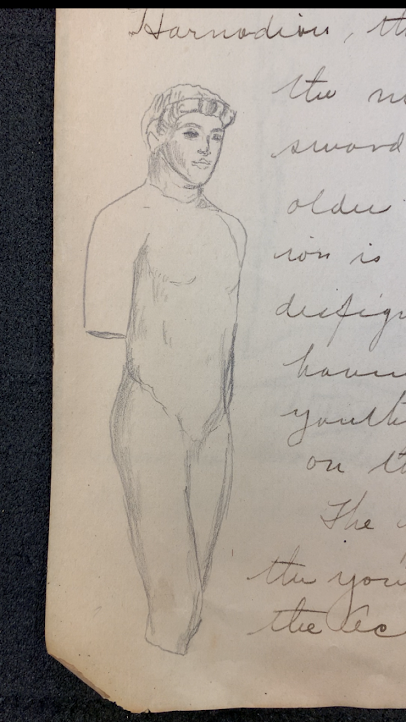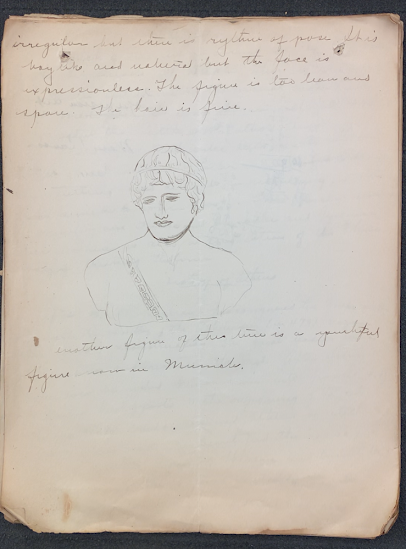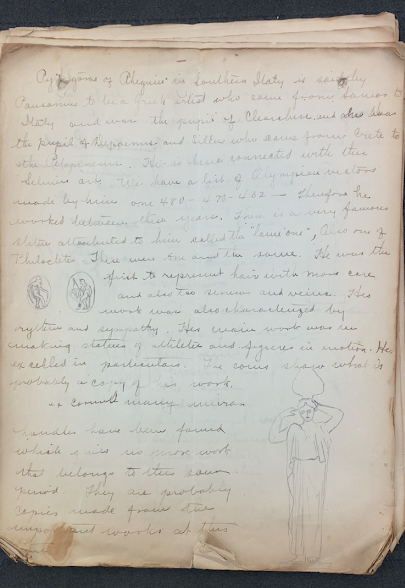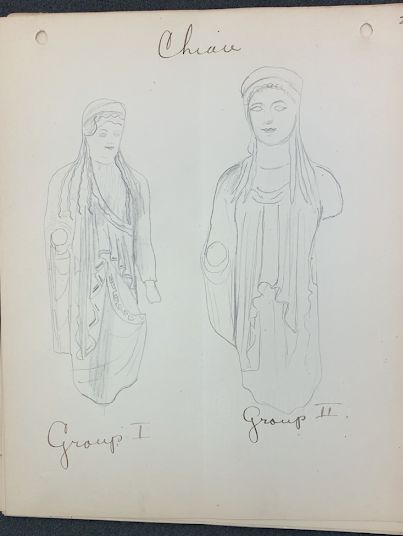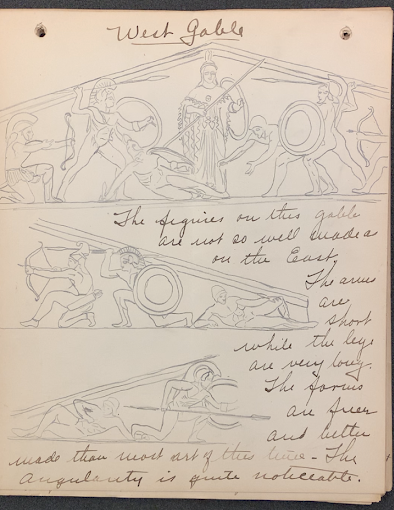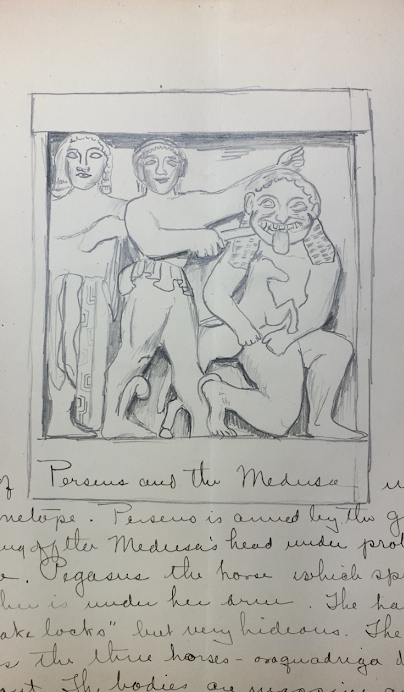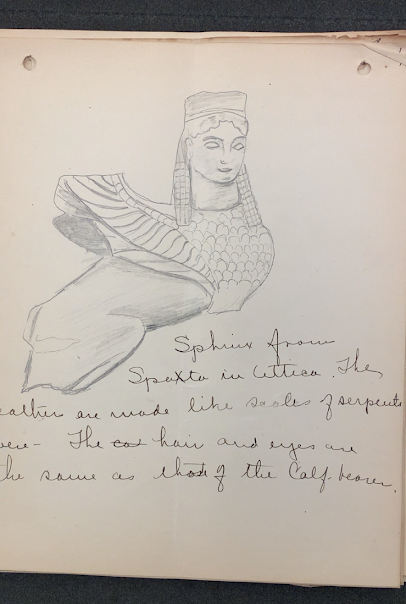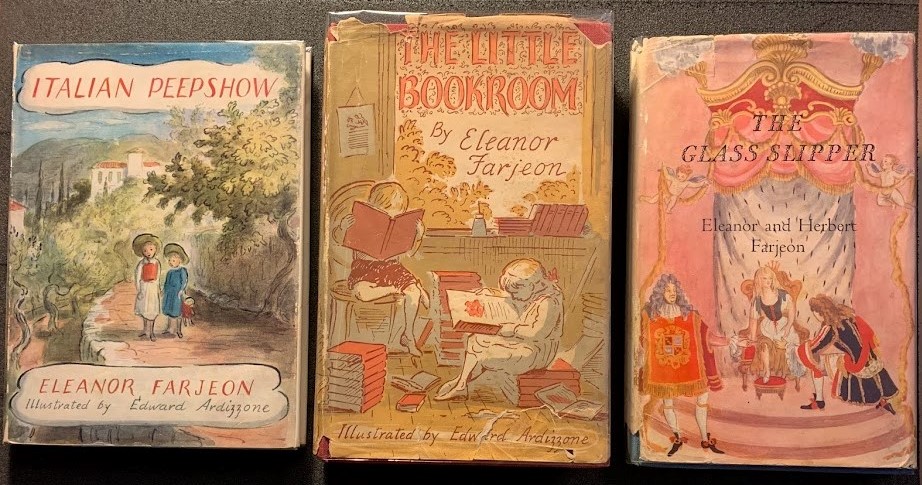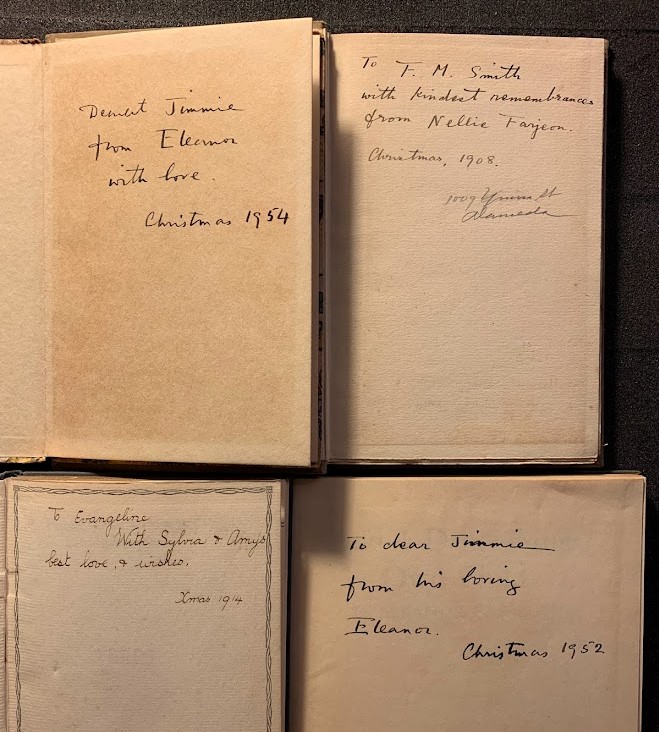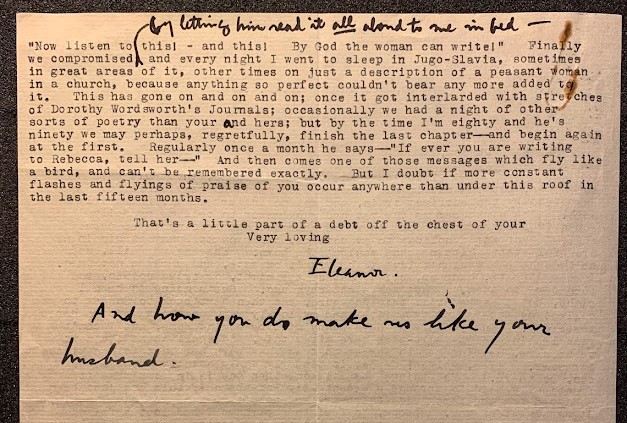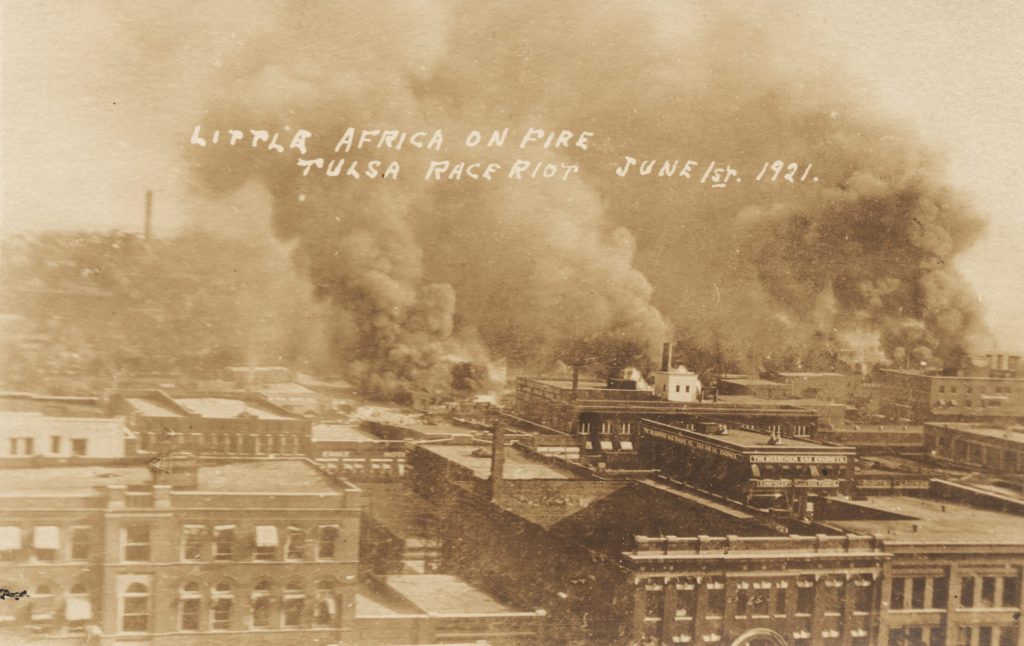Natalie Clifford Barney is an American writer and queer icon of the 20th century, known for her literary salon in Paris which she hosted for over 60 years. Inspired by the works of Sappho, Barney is known for her themes in lesbianism, feminism, and pacifism. She opposed monogamy and had relationships with many notable artists of the time including Liane de Pougy, Élisabeth de Gramont, Renee Vivian, Dolly Wilde, and Romaine Brooks.
Barney was born in Dayton, Ohio to an extremely wealthy family in 1876. Rebellious in nature, Barney was often mentioned in newspapers for her unconventional habits, such as riding horses astride rather than sidesaddle. Such actions coined her the nickname l’Amazone (The Amazon) by the poet Remy de Gourmont. Barney published her first book of poems, Quelques Portraits-Sonnets de Femmes, in 1920. According to biographer Suzanne Rodriguez, Barney became the first woman poet to openly write about the love of women since Sappho. Reviews were positive, though most glossed over the lesbian themes of the poems and assumed she was speaking of men. The first newspaper to celebrate her sexuality was quickly bought out by her wealthy and influential father, who destroyed the publisher’s remaining stock and printing plates. To escape her father’s control, she published her next book, Cinq Petits Dialogues Grecs, in 1901 under the pseudonym Tryphé. After her father’s death in 1902, she once again published under her own name. Barney published several more poetry collections, epigram collections, and memoirs, but she was more interested in leading a poetic life rather than writing it.
Her literary salon was opened in 1909 at her home 20, Rue Jacob in Paris. She hosted social gatherings every Friday to discuss literature, art, music and any other topic of interest. She hosted both men and women, but focused on women writers and their works, thus creating the informal “Women’s Academy” as a response to the men-only French Academy of the time. The salon was known for its international character, and artists from all over would gather for entertainment such as poetry readings and theatricals. The salon was also considered a safe haven during World War I for those opposed to the war.
Of all of her relationships, Barney’s longest was with American painter Romaine Brooks. The two met in 1915, and for the next fifty years had a loving relationship. Due to Brooks independent nature, they built a summer home with two separate wings joined by a dining room, which they called Villa Trait d’Union. The two women spent much of their time apart, but cultivated their relationship through letters and artistic works.
Here at Special Collections, we hold many of the letters between Natalie Clifford Barney and Romaine Brooks, dating from 1920-1969. Brooks starts each of her letters with “Darling”, whereas Barney begins her with “Angel”.


If you would like to view our collection of correspondence between Natalie Clifford Barney and Romaine Brooks, Special Collections is located on the fifth floor of McFarlin Library. We are open by appointment only Monday through Thursday 8am-4:30pm, and Friday 8-11:30am. We are open to questions at speccoll@utulsa.edu

